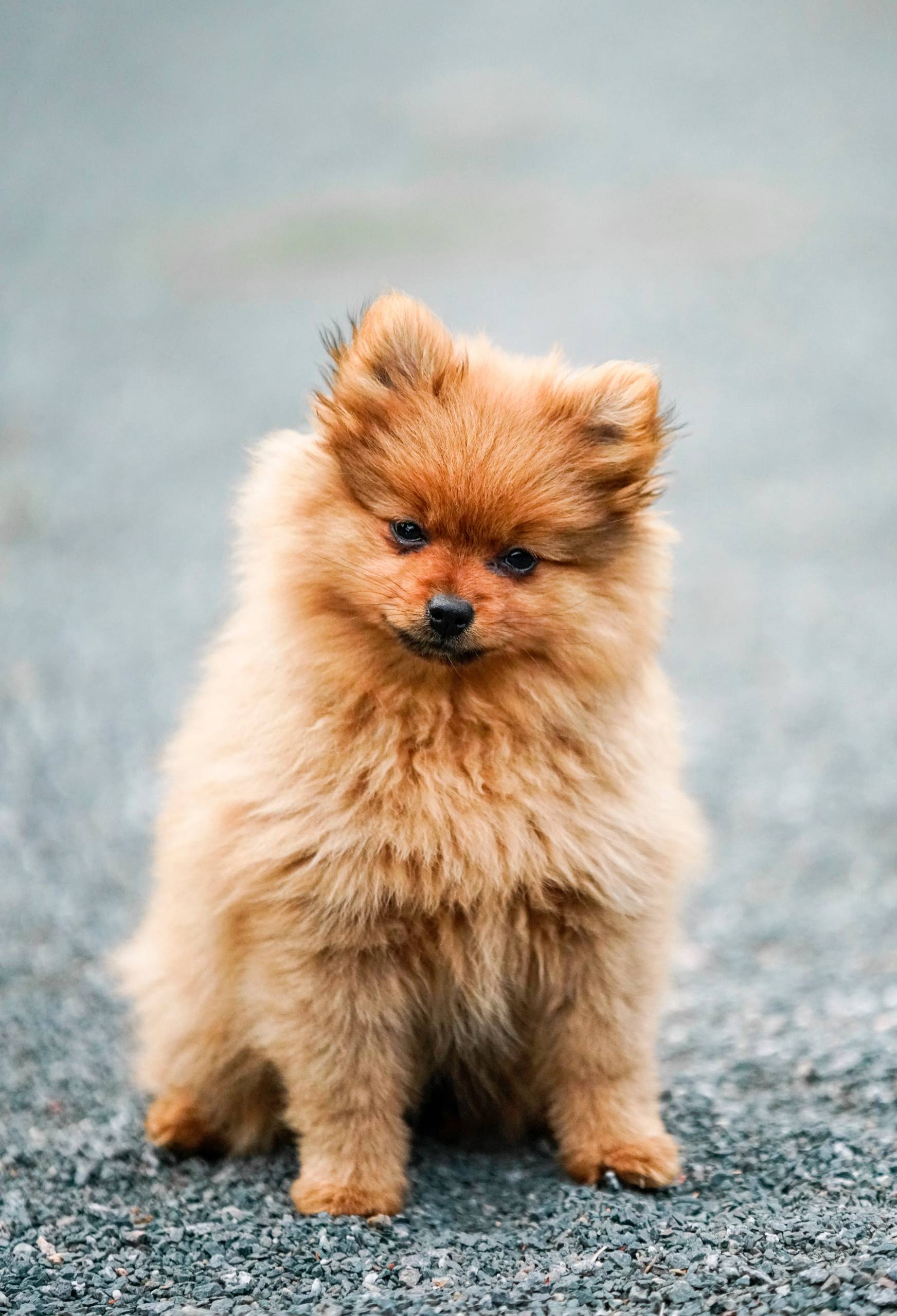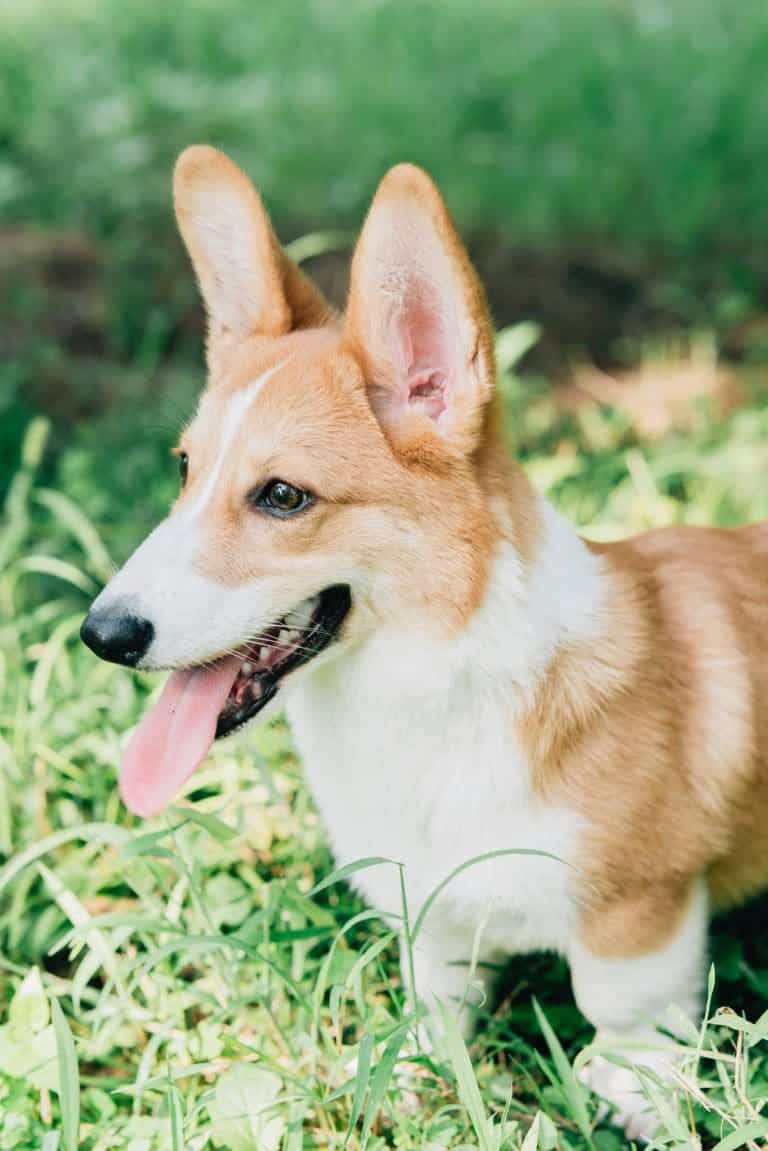How To Use Dog Nail Clippers?
Post Date:
December 10, 2024
(Date Last Modified: November 13, 2025)
Trimming a dog’s nails safely requires the right tools, steady technique, and attention to the nail’s internal structure to avoid pain and injury.
Choosing the Right Dog Nail Clippers
Selecting an appropriate clipper type and size improves control and reduces the risk of crushing or splintering a nail. There are 3 common clipper types: guillotine, scissor (plier), and rotary grinders, each suited to different coat, nail thickness, and handler preference.[1]
Guillotine clippers work well for small to medium nails and give a single straight cut; scissor or plier clippers are preferred for thicker or larger nails because they provide more leverage; electric grinders remove nail material gradually and are useful for beveling and smoothing edges.[1] Choose clippers with non-slip handles and a safety guard when available to limit how much the blade can close, and look for stainless steel blades that resist rust and hold an edge.[1]
| Tool | Best for | Pros | Cons |
|---|---|---|---|
| Guillotine clipper | Small/medium nails | Simple, fast | Can crush thick nails |
| Scissor/plier clipper | Medium/large nails | More leverage, cleaner cuts | Heavier, needs good angle |
| Rotary grinder | Finishing, smoothing, fearful dogs | Gradual removal, beveling | Noisy, needs training |
Understanding Nail Anatomy and the Quick
The nail contains the hard outer keratin and an inner blood- and nerve-rich tissue called the “quick”; cutting into the quick causes pain and bleeding.
When nails are clear, the quick often appears as a pale pink area that ends well before the tip; with dark nails the quick is hidden, so conservative trimming is advised by taking small increments of 0.04–0.08 in (1–2 mm) per pass to reduce the chance of cutting into it.[2]
Use visual cues such as a slightly darker central region or a small soft spot under the nail, and tactile feedback—if the dog flinches or the nail feels more pliable—to identify where to stop trimming.[2]
Preparing Your Dog and Workspace
A calm dog and an organized space make trimming faster and safer. Choose a time when the dog is relaxed, such as after a walk or play session, and work in a well-lit area on a stable, non-slip surface.
- Essential supplies: clippers or grinder, styptic powder or pen, treats, clean towel, and a flashlight or focused lamp for small nails.
Set up everything within arm’s reach so sessions are efficient and you minimize handling time. For small dogs, use a table with a nonslip mat; for large dogs, clip while they stand or lie where they are comfortable.
Positioning and Gentle Restraint Techniques
Proper handling keeps the dog comfortable and reduces sudden movements. For small dogs, hold the dog on your lap or on a table with one arm supporting the body and one hand holding the paw; for medium to large dogs, have the dog sit or stand beside you with a helper gently holding the shoulders and offering treats.
Use gentle restraint aids such as a towel for wrapping minor-wriggling dogs or a helper who can calmly pet and reassure; avoid forceful holding that increases anxiety and the risk of a sudden snap reaction and accidental cuts.
Step-by-Step Clipping Technique
Work methodically: expose the nail, locate the quick visually or by feel, and position the clipper at a slight angle to follow the natural bevel of the nail. Start with the paw the dog tolerates best to build confidence.
Make small, deliberate cuts rather than attempting to remove a large length at once; remove no more than 0.04–0.08 in (1–2 mm) of nail per clip when unsure of the quick’s location.[2] If the nail splits or seems jagged, switch to a grinder to even and bevel the edge rather than making aggressive reclaiming cuts.
When clipping, angle the blade so you cut straight across the nail rather than upward into the quick; after each clip check the nail tip and stop if you see a small dark center or feel a softer texture indicating proximity to the quick.
Trimming Black (Dark) vs. Clear Nails
Clear nails allow direct visualization of the quick, so trimming can be more precise; dark nails require a conservative approach because the quick is not visible.
For dark nails, trim in successive small passes and look at the cut surface after each pass for a grayish oval that indicates you are approaching the quick; if you are uncertain, leave a sliver of nail rather than risk bleeding.
Hand-held rotary grinders are a useful alternative for dark nails because they remove material slowly and allow you to stop when you detect increased warmth or resistance that signals the quick’s proximity.[1]
If You Cut the Quick: Stopping Bleeding and First Aid
Accidentally cutting the quick commonly causes bright red bleeding and distress but can usually be managed promptly at home with proper supplies.
Apply styptic powder, a styptic pencil, or aluminum sulfate directly to the site and hold firm pressure for about 1–2 minutes to achieve hemostasis; if bleeding continues beyond 10 minutes, seek veterinary care.[4]
Common home remedies such as cornstarch or flour may help in a pinch, but a clinical product designed for stopping bleeding is preferable; monitor the nail over the next 24–48 hours for signs of persistent oozing, swelling, foul odor, or lameness, which warrant professional assessment.[4]
Desensitization and Training for Future Sessions
Building tolerance through gradual, reward-based training reduces anxiety and makes clipping a routine, low-stress activity for both dog and handler.
Begin with very short, noninvasive touches to paws and nails, starting with 5–10 second intervals and rewarding calm behavior, then gradually extend to 1–2 minute handling sessions before introducing the clippers or grinder noise.[5]
Pairing the sound of the tool with high-value treats and stopping before any sign of stress creates positive associations; frequent, short sessions work better than infrequent long ones for most dogs.
Aftercare, Rewards, and Monitoring
After clipping, praise your dog and offer a favored treat to reinforce calm behavior. Inspect each nail for cracks, jagged edges, or residual bleeding and file any rough points to prevent snagging.
Monitor gait and comfort for 24 hours; if the dog favors a paw, shows persistent limping, or you observe swelling or discharge from the paw, consult your veterinarian as soon as possible.[3] Many dogs benefit from a regular schedule of trims to keep nails short and prevent overgrowth and associated orthopedic stress.
Clippers Maintenance, Storage, and Replacement
Keep clippers clean and dry after each use to prevent corrosion and contamination. Wipe blades with a damp cloth, dry thoroughly, and apply a drop of light oil to pivot points periodically to maintain smooth action.
Replace or sharpen blades when cuts become ragged or require more force, and retire tools that bend, chip, or show loosening rivets; store clippers and styptic material safely out of reach of pets and children, ideally in a locked drawer or a high cabinet.
Continue developing safe, effective habits around trimming and tool care to keep nails healthy and reduce stress for both dog and handler.
A practical trimming schedule varies by breed and lifestyle: small breeds often need trims every 2–4 weeks, medium breeds about every 3–6 weeks, and large or active dogs approximately every 4–8 weeks depending on how quickly their nails grow and how much natural wear they get from activity.[3]
Watch for functional signs that nails are overdue: if a nail extends more than about 0.12 in (3 mm) beyond the toe pad or consistently clicks on hard floors, increase trimming frequency to avoid altered gait or joint strain.[1]
Routine tool care helps blades stay sharp and hygienic. After each session, wipe blades with 70% isopropyl alcohol or an appropriate disinfectant and dry them thoroughly to prevent rust; apply a drop of light machine oil to pivot points after drying and inspect for looseness monthly.[4]
Sharpen or replace clippers on a schedule that matches use: with regular home grooming, plan for blade maintenance or replacement roughly every 6–12 months, and sooner if cuts feel jagged, require extra force, or the metal shows nicks or bends.[1]
If you prefer to delegate, experienced groomers or veterinary technicians commonly schedule nail trims every 6–8 weeks for maintenance-level care, which also ensures professional inspection for cracks, splits, or early infection.[3]
Know when to escalate to veterinary care: if a quick is cut and bleeding does not stop after about 10 minutes of direct pressure and styptic application, or if the dog shows persistent lameness, swelling, or discharge for more than 24 hours, seek veterinary assessment for potential complications.[4]
Keeping brief records can help you tailor a schedule: note dates and any reactions after each trim, and expect to perform roughly 3–12 trims per year depending on breed, activity level, and how quickly the nails grow; adjust based on observed need rather than a fixed calendar alone.[2]
For dogs that resist handling, continue desensitization and short training sessions: aim for multiple very short interactions per day at first and gradually increase duration as tolerance builds, pairing every step with rewards to reduce fear and avoidance over time.[5]
Finally, keep emergency supplies accessible: a styptic product or aluminum sulfate pen, sterile gauze, and clear contact information for your veterinarian should be stored with the grooming kit so you can respond quickly if a problem arises.






